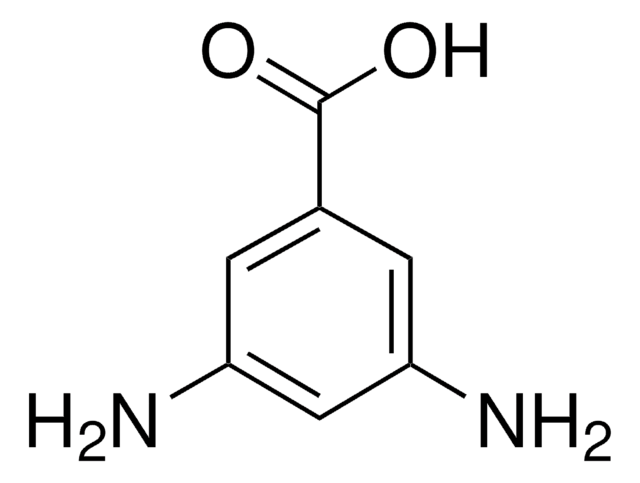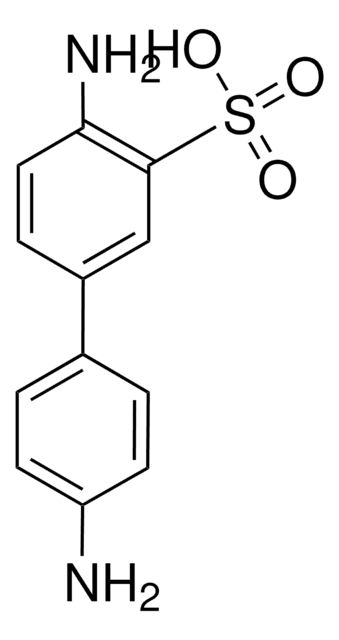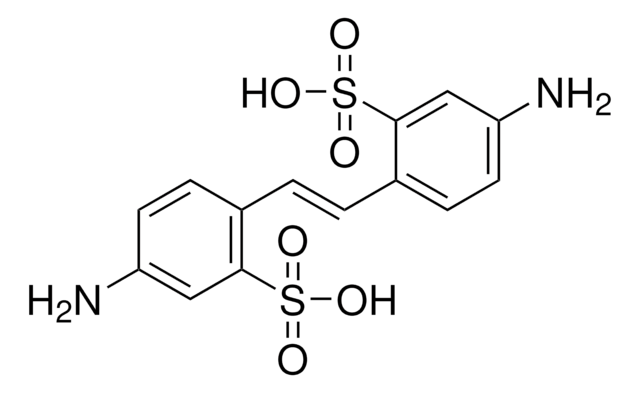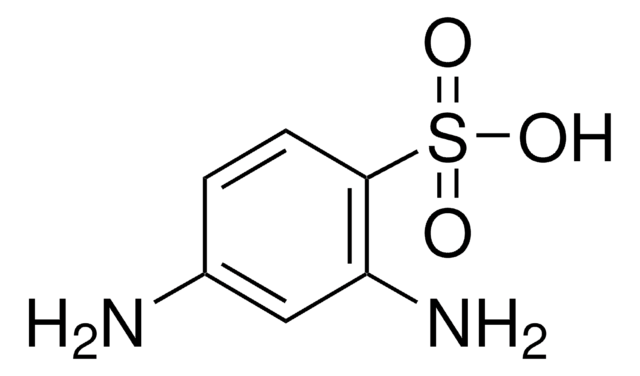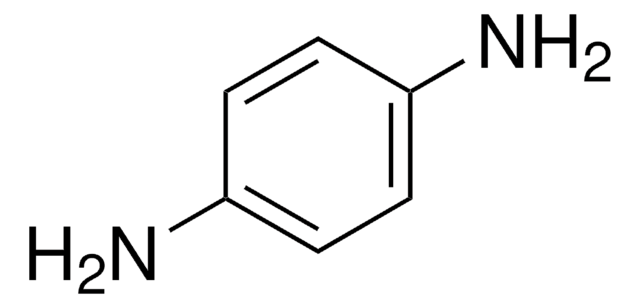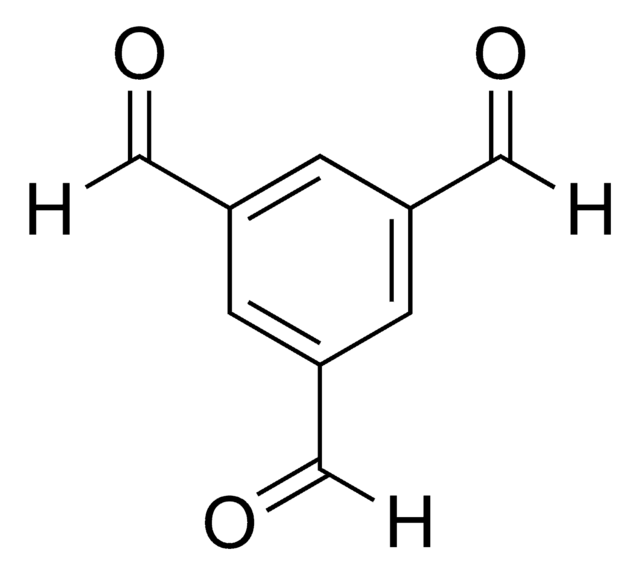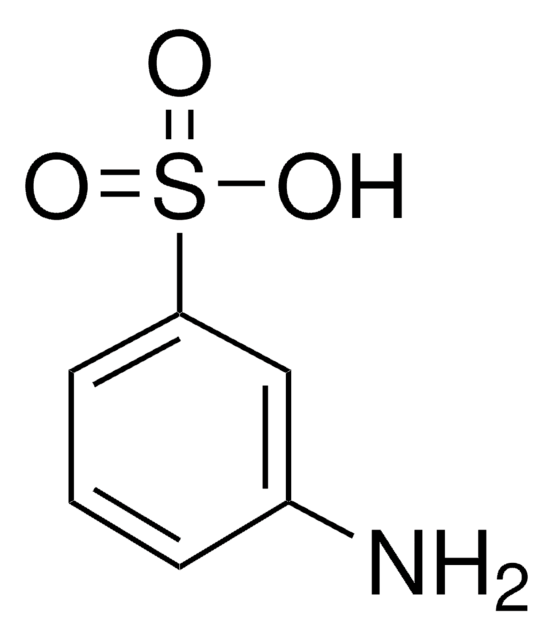32776
2,5-Diaminobenzenesulfonic acid
≥97.0% (T)
Synonym(s):
1,4-Diamino-2-benzenesulfonic acid, 1,4-Phenylenediamine-2-sulfonic acid, 1,4-Phenylenediamine-3-sulfonic acid, 2-Sulfo-1,4-phenylenediamine, p-Phenylenediamine-2-sulfonic acid
About This Item
Recommended Products
Quality Level
Assay
≥97.0% (T)
mp
298-300 °C (dec.) (lit.)
functional group
sulfonic acid
SMILES string
Nc1ccc(N)c(c1)S(O)(=O)=O
InChI
1S/C6H8N2O3S/c7-4-1-2-5(8)6(3-4)12(9,10)11/h1-3H,7-8H2,(H,9,10,11)
InChI key
HEAHMJLHQCESBZ-UHFFFAOYSA-N
Looking for similar products? Visit Product Comparison Guide
General description
Application
Signal Word
Danger
Hazard Statements
Precautionary Statements
Hazard Classifications
Eye Dam. 1 - Skin Corr. 1B
Storage Class Code
8A - Combustible corrosive hazardous materials
WGK
WGK 2
Flash Point(F)
Not applicable
Flash Point(C)
Not applicable
Personal Protective Equipment
Choose from one of the most recent versions:
Already Own This Product?
Find documentation for the products that you have recently purchased in the Document Library.
Our team of scientists has experience in all areas of research including Life Science, Material Science, Chemical Synthesis, Chromatography, Analytical and many others.
Contact Technical Service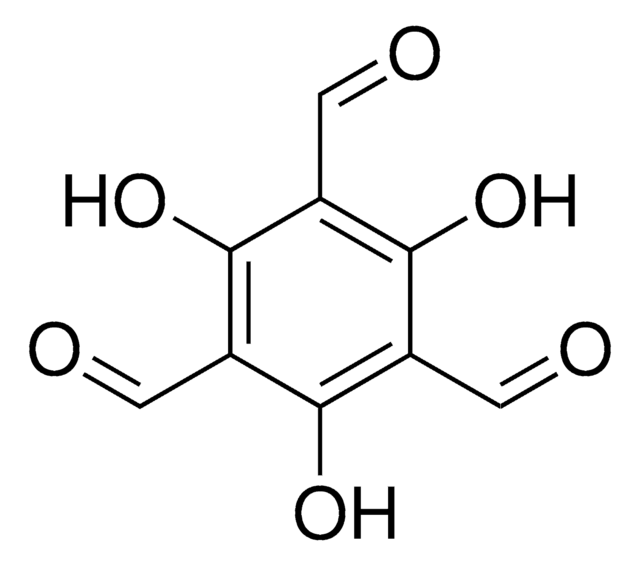
![4,4'-diamino[1,1'-biphenyl]-2,2'-disulfonic acid AldrichCPR](/deepweb/assets/sigmaaldrich/product/structures/132/504/f9fd296f-c246-427d-9118-23f7b80e2be1/640/f9fd296f-c246-427d-9118-23f7b80e2be1.png)
